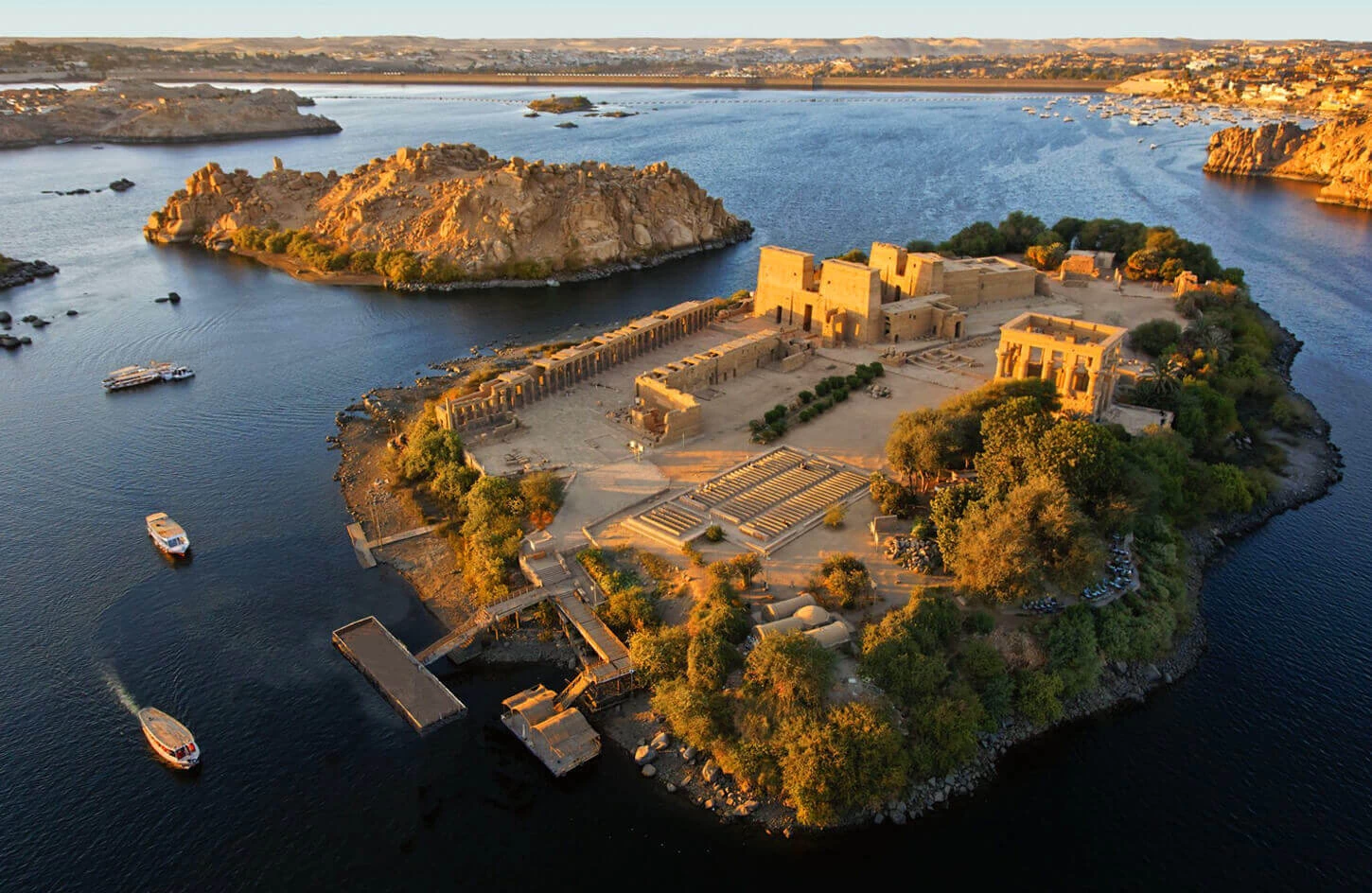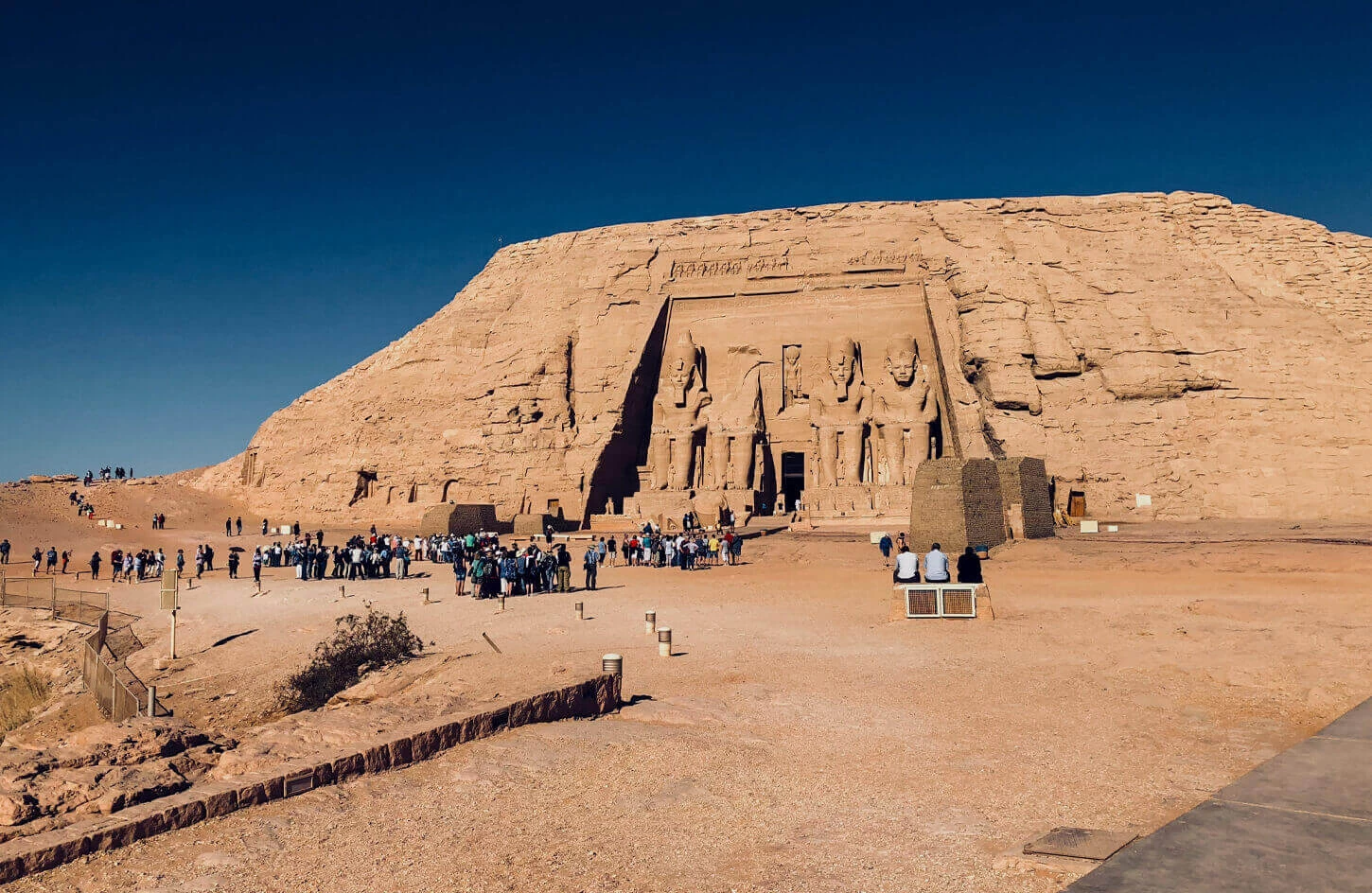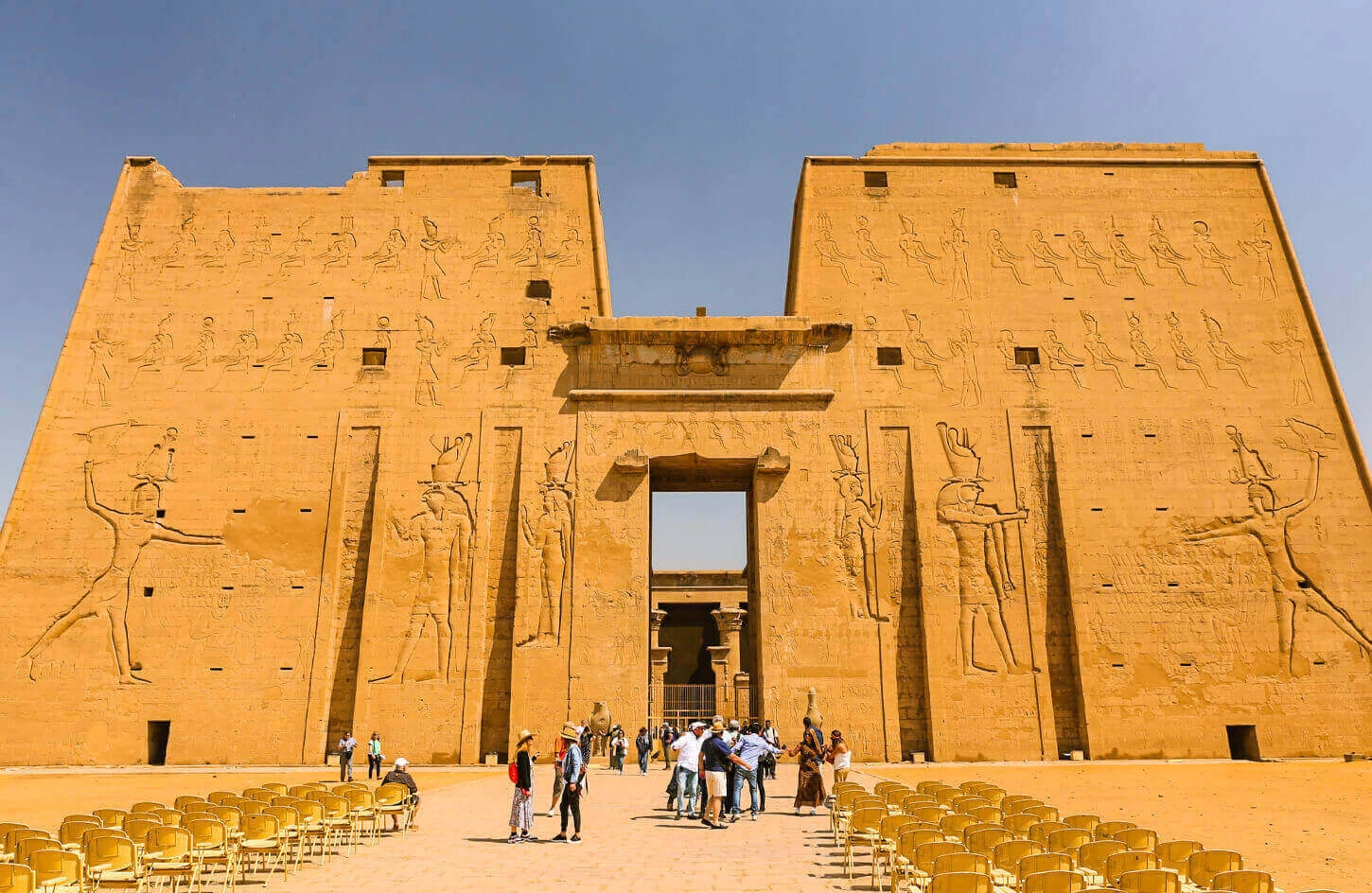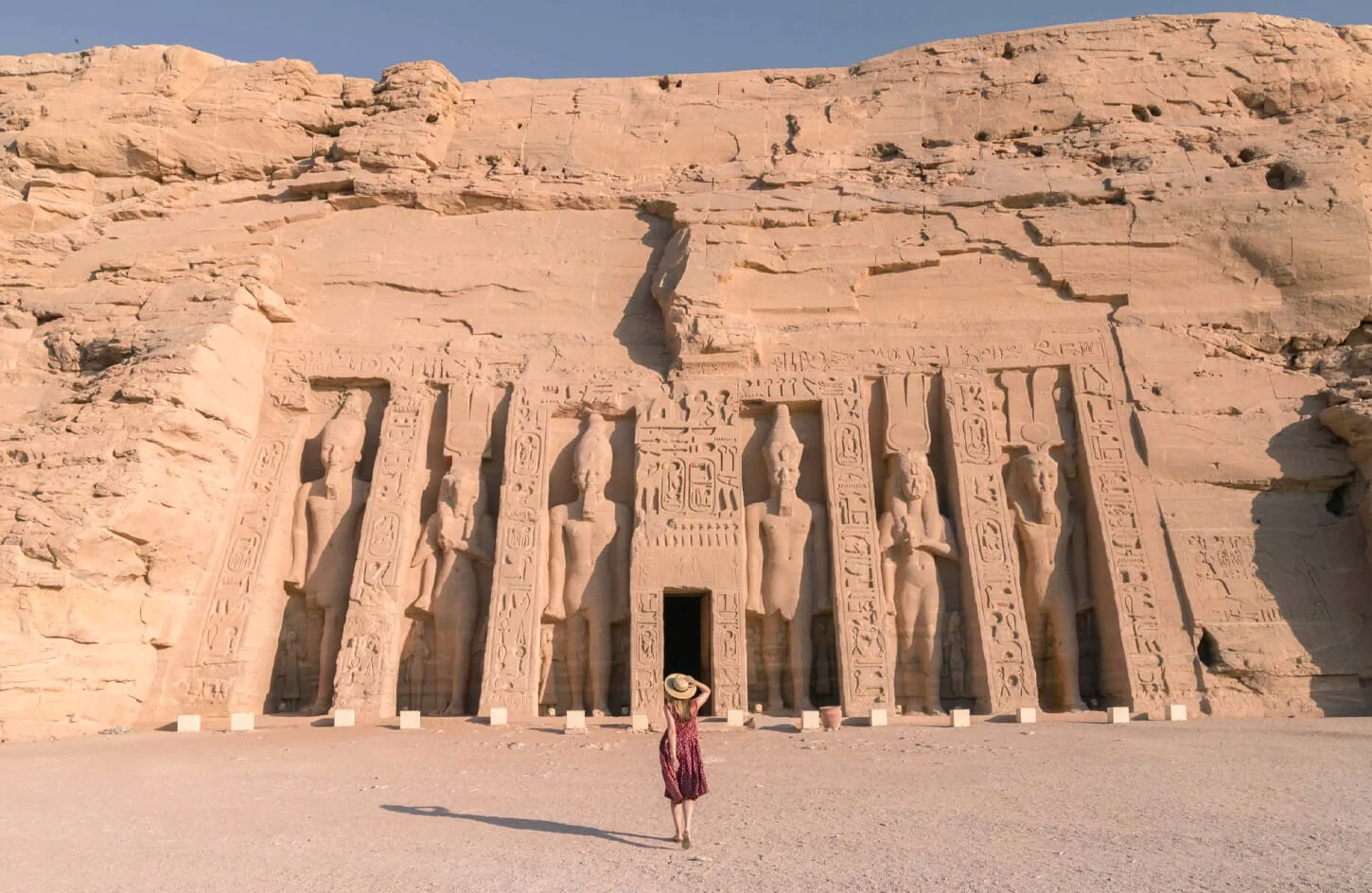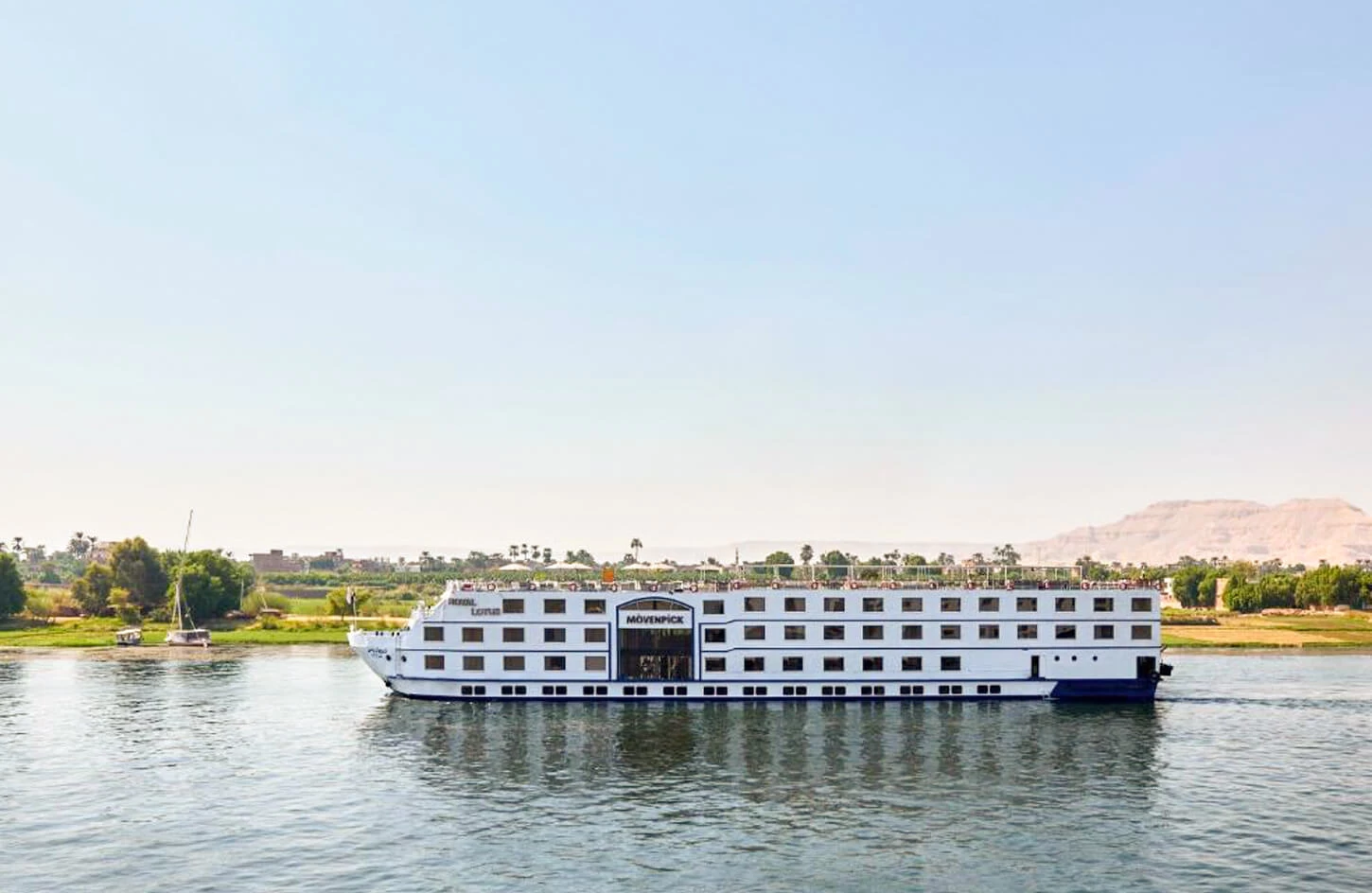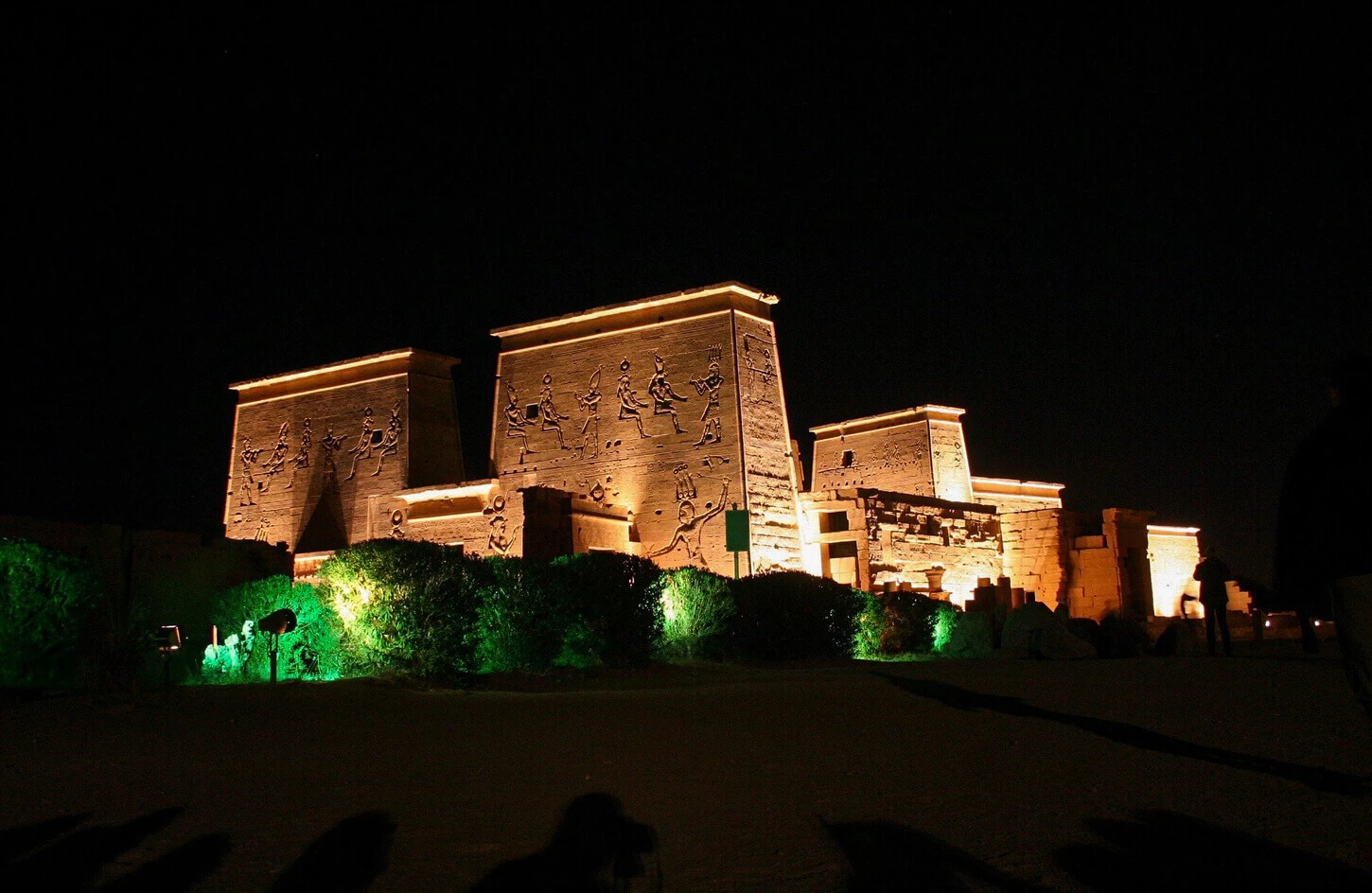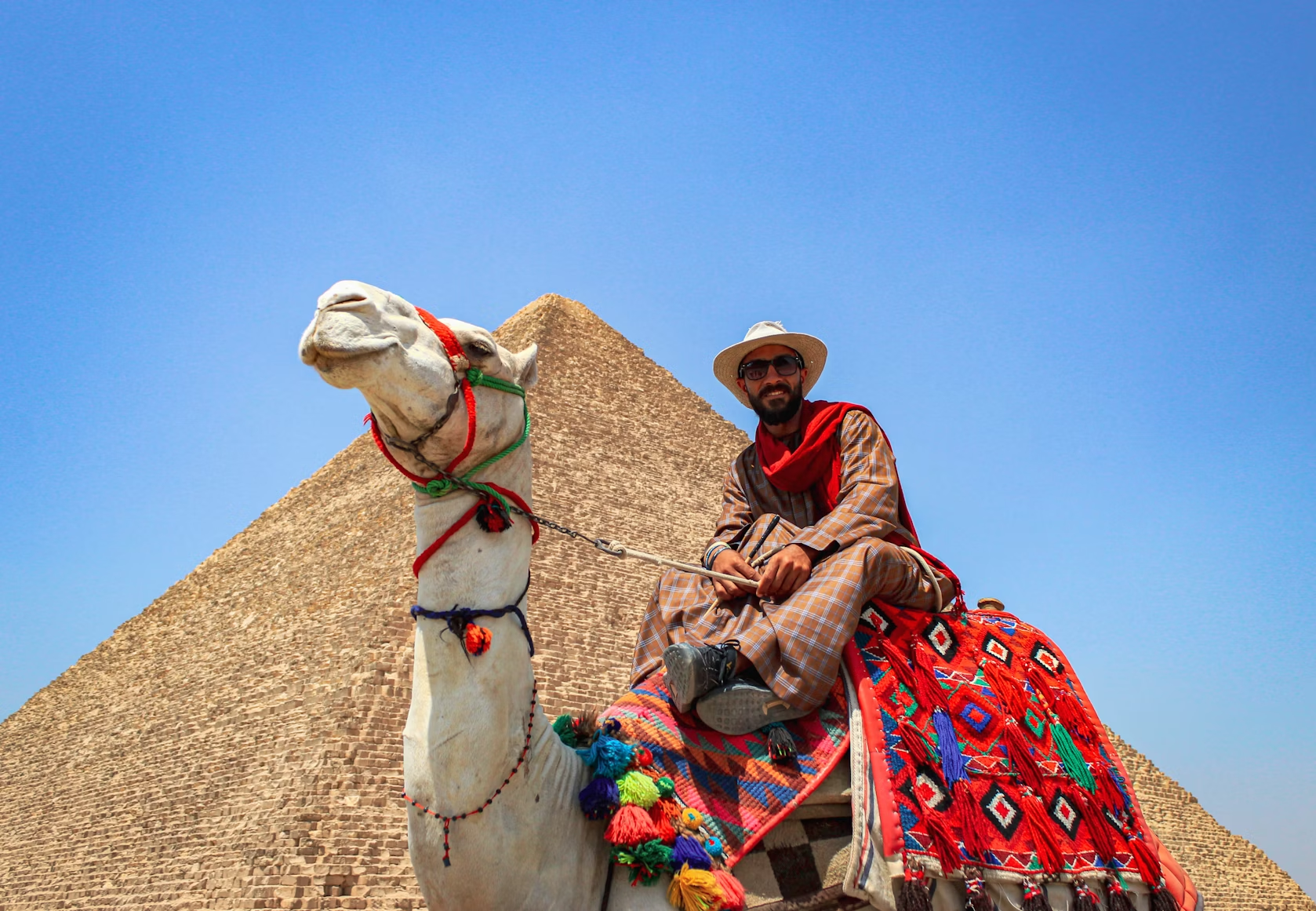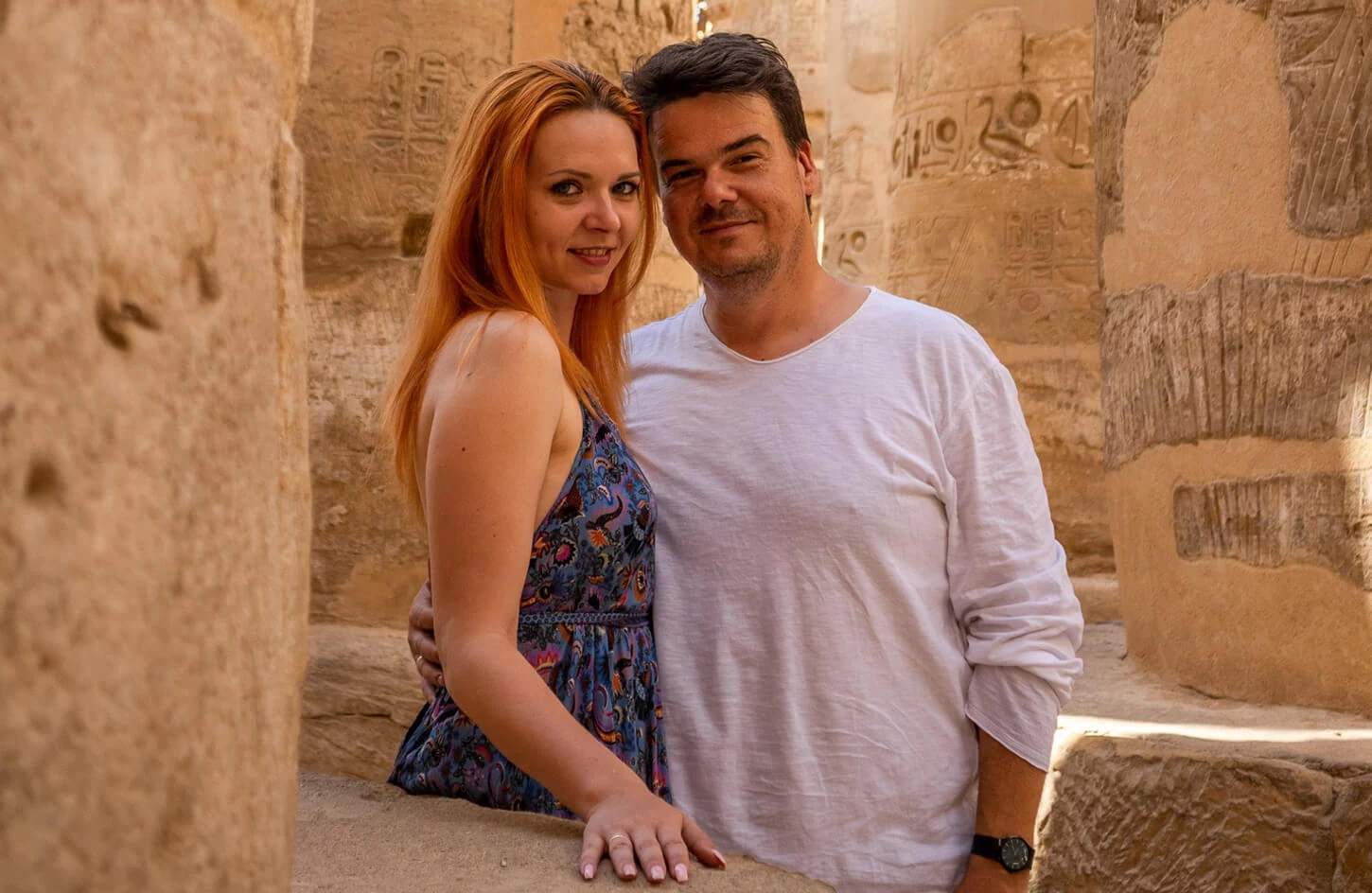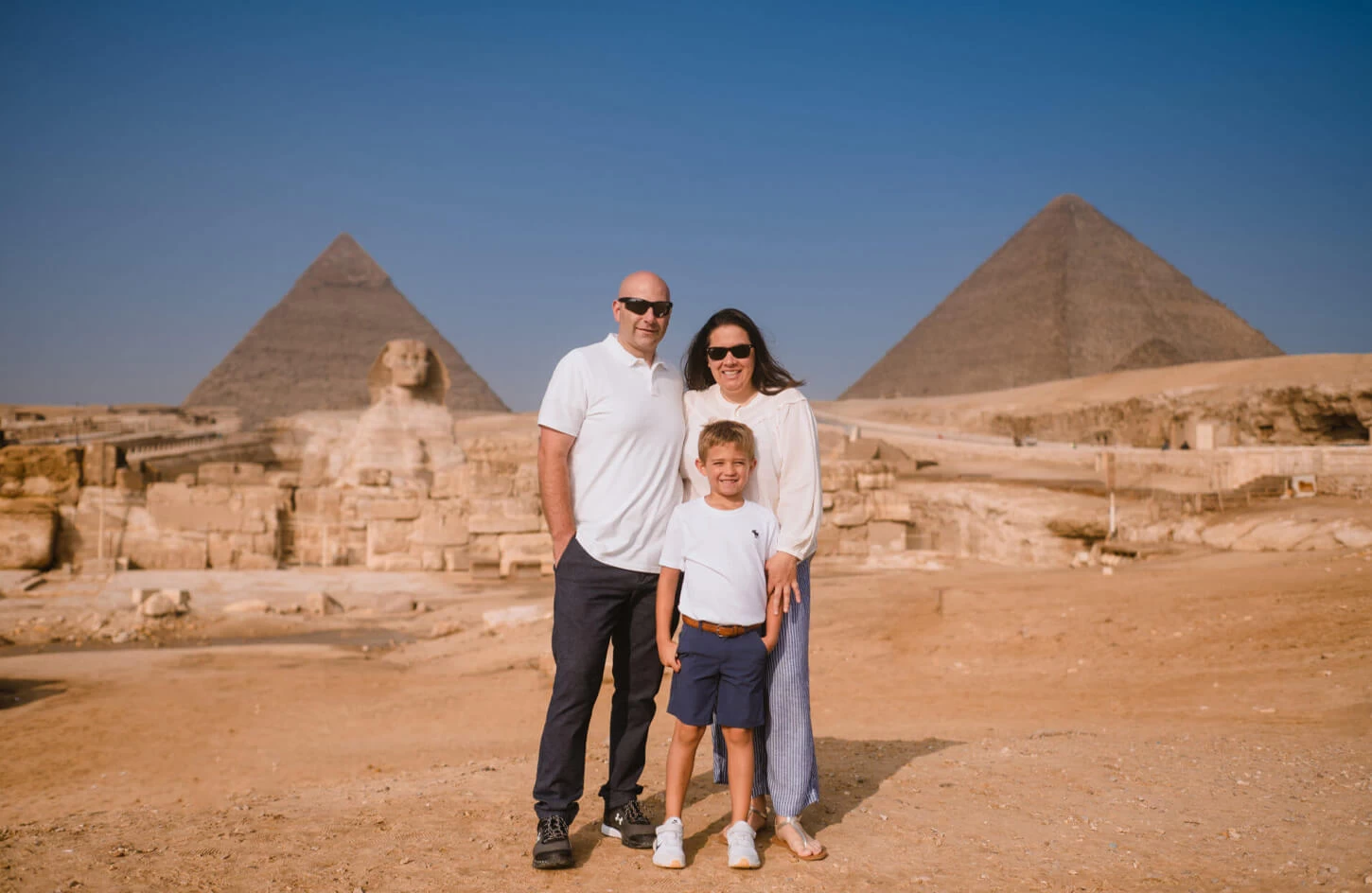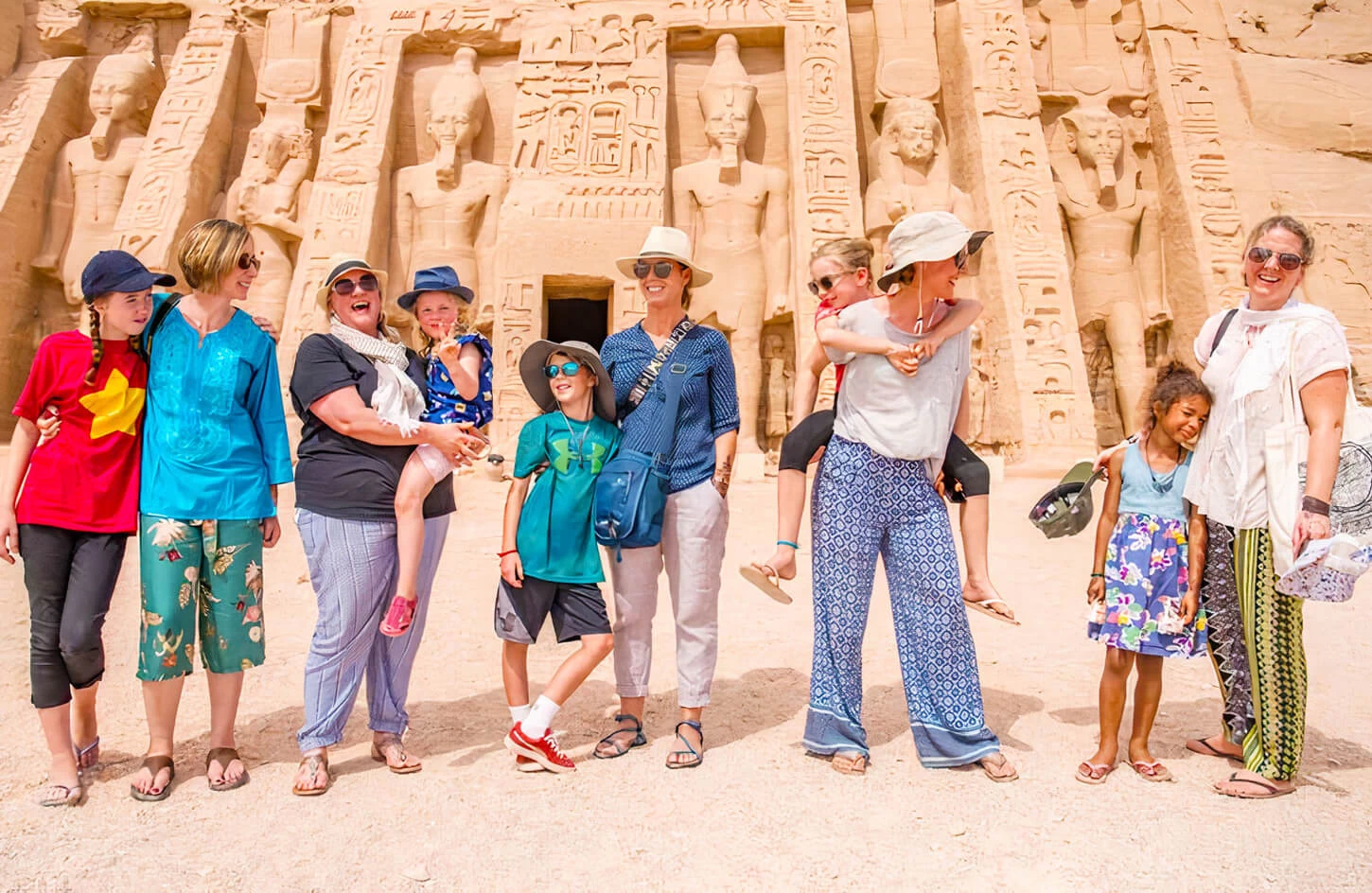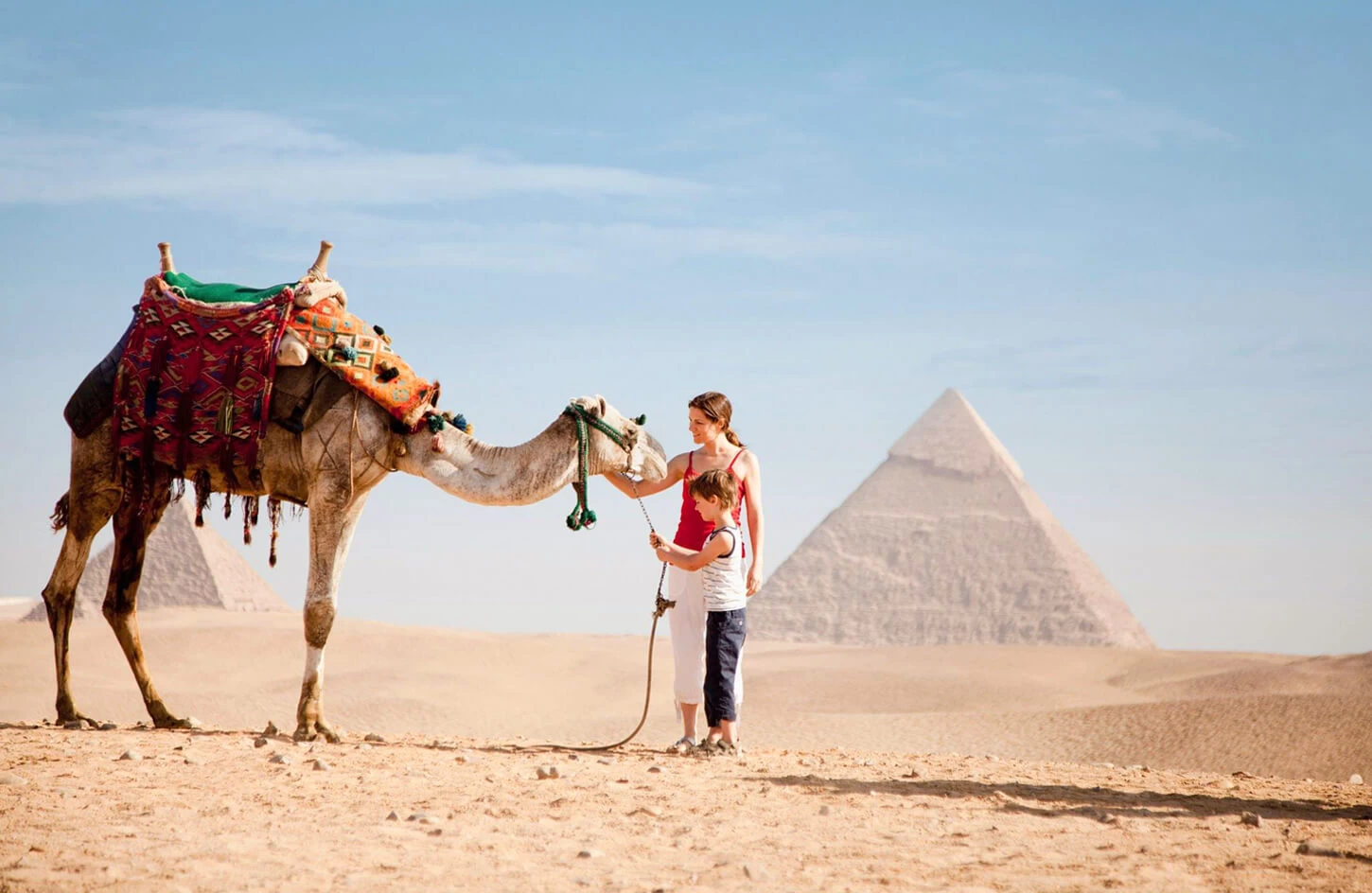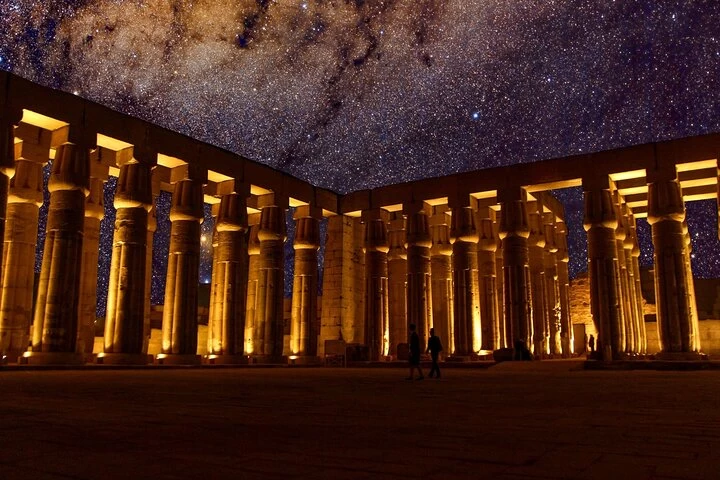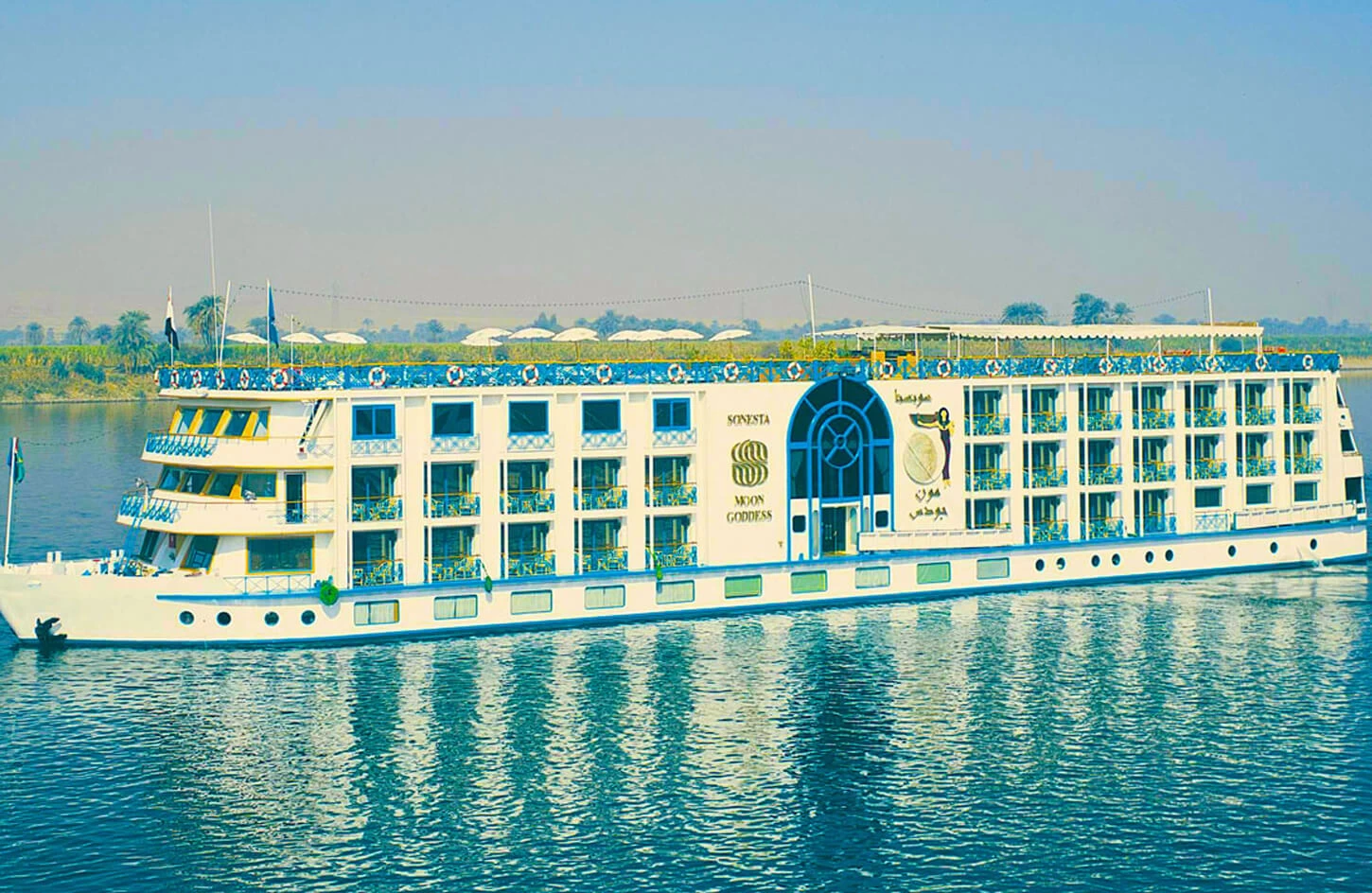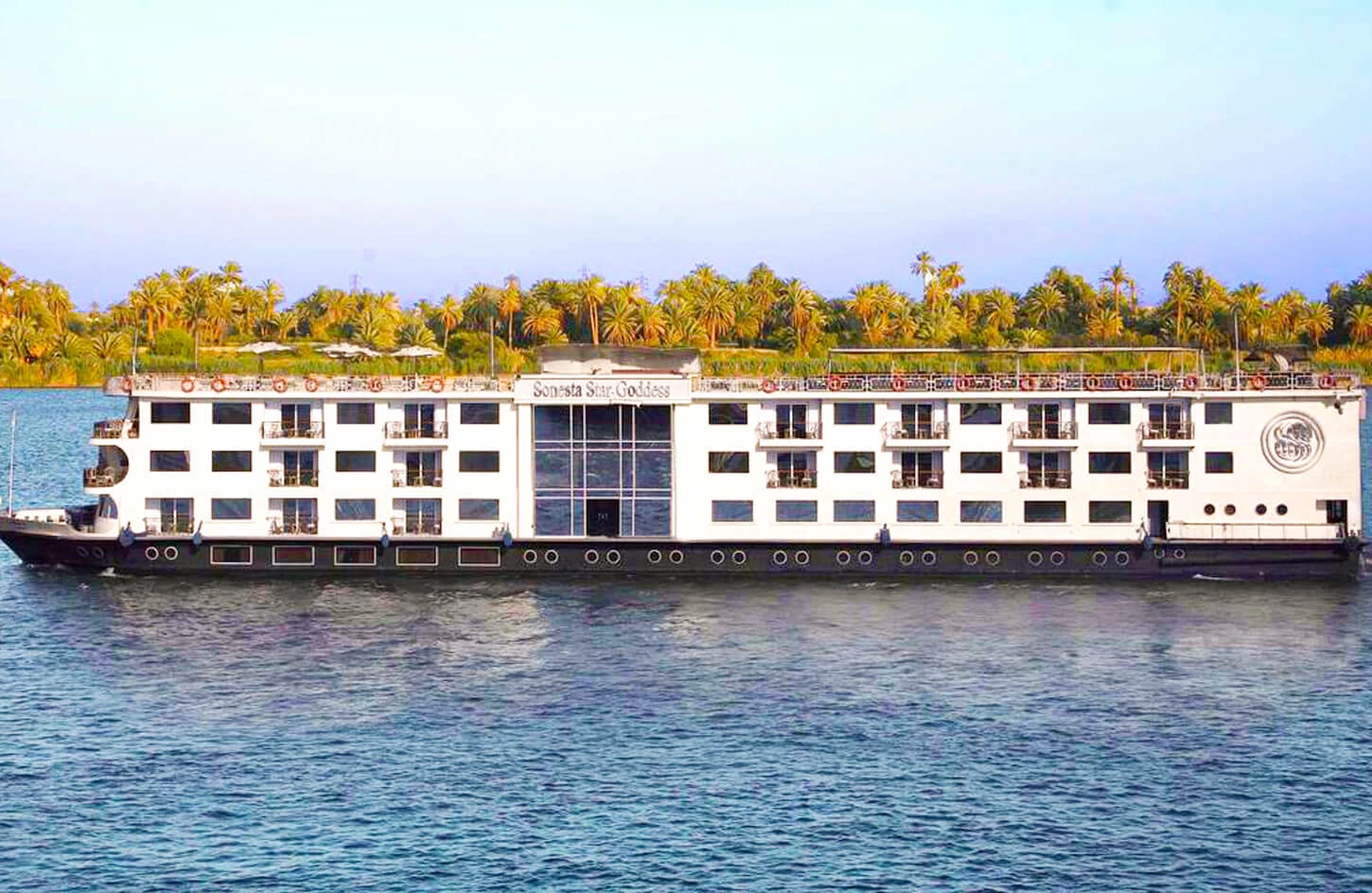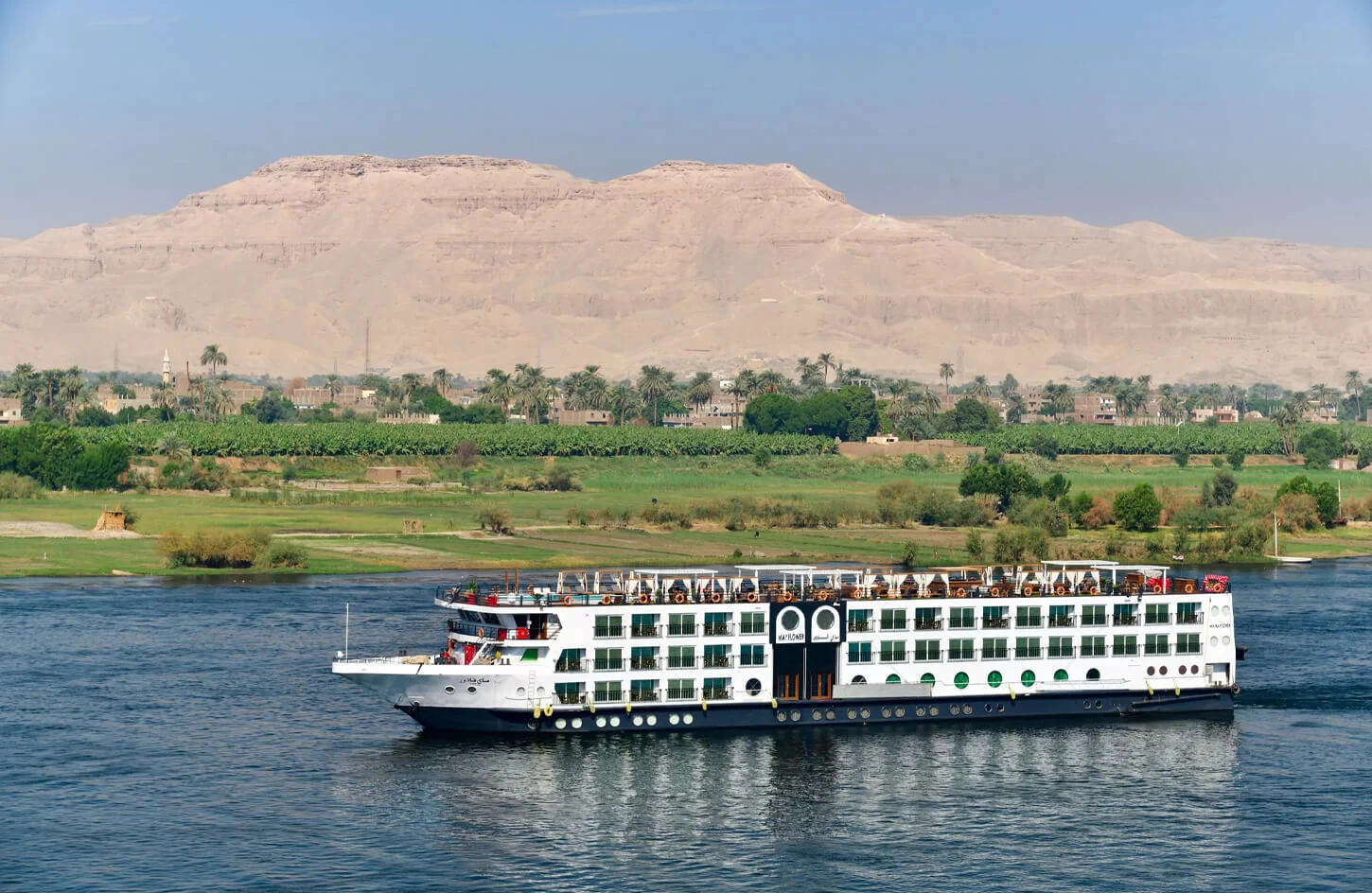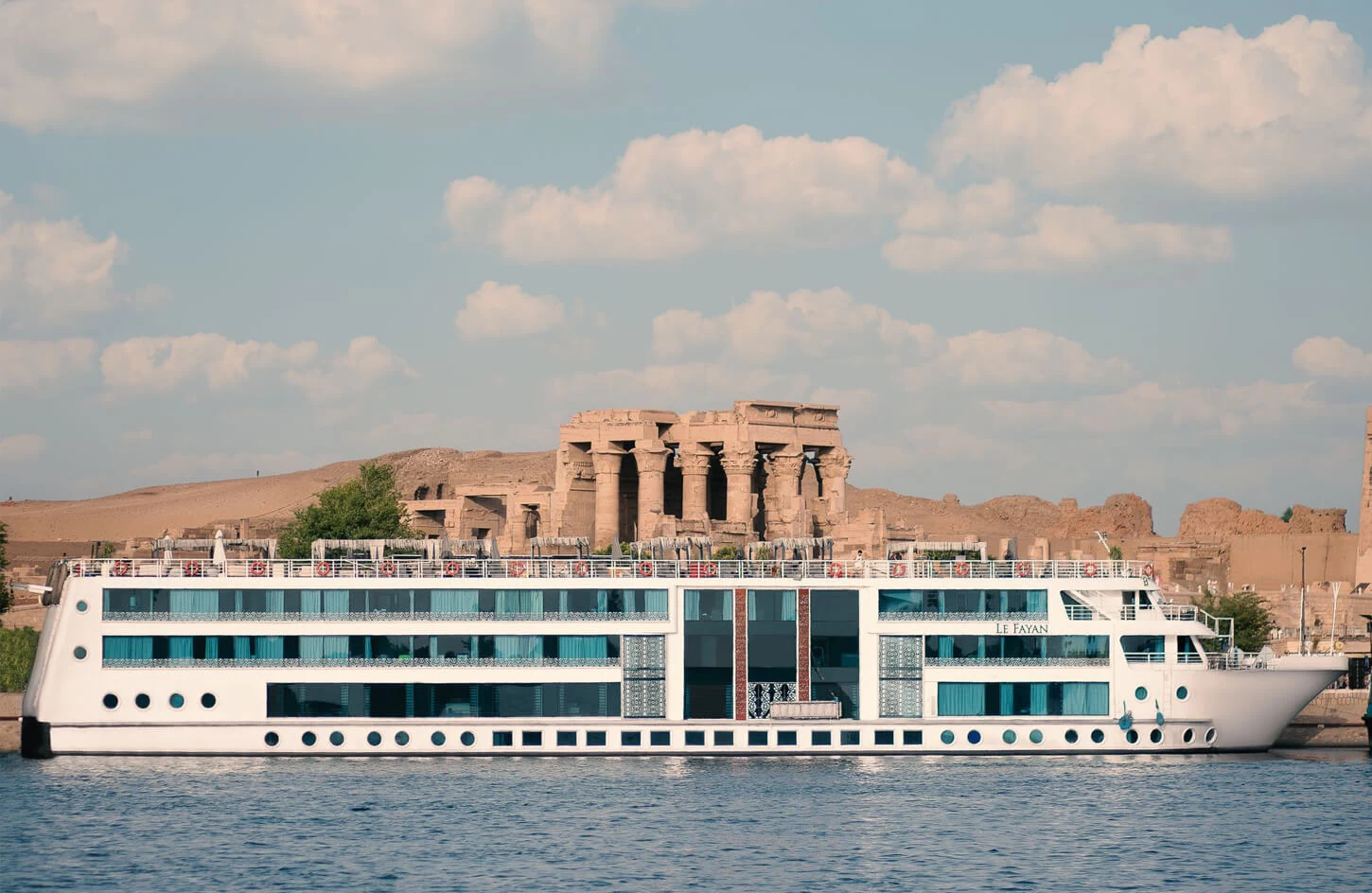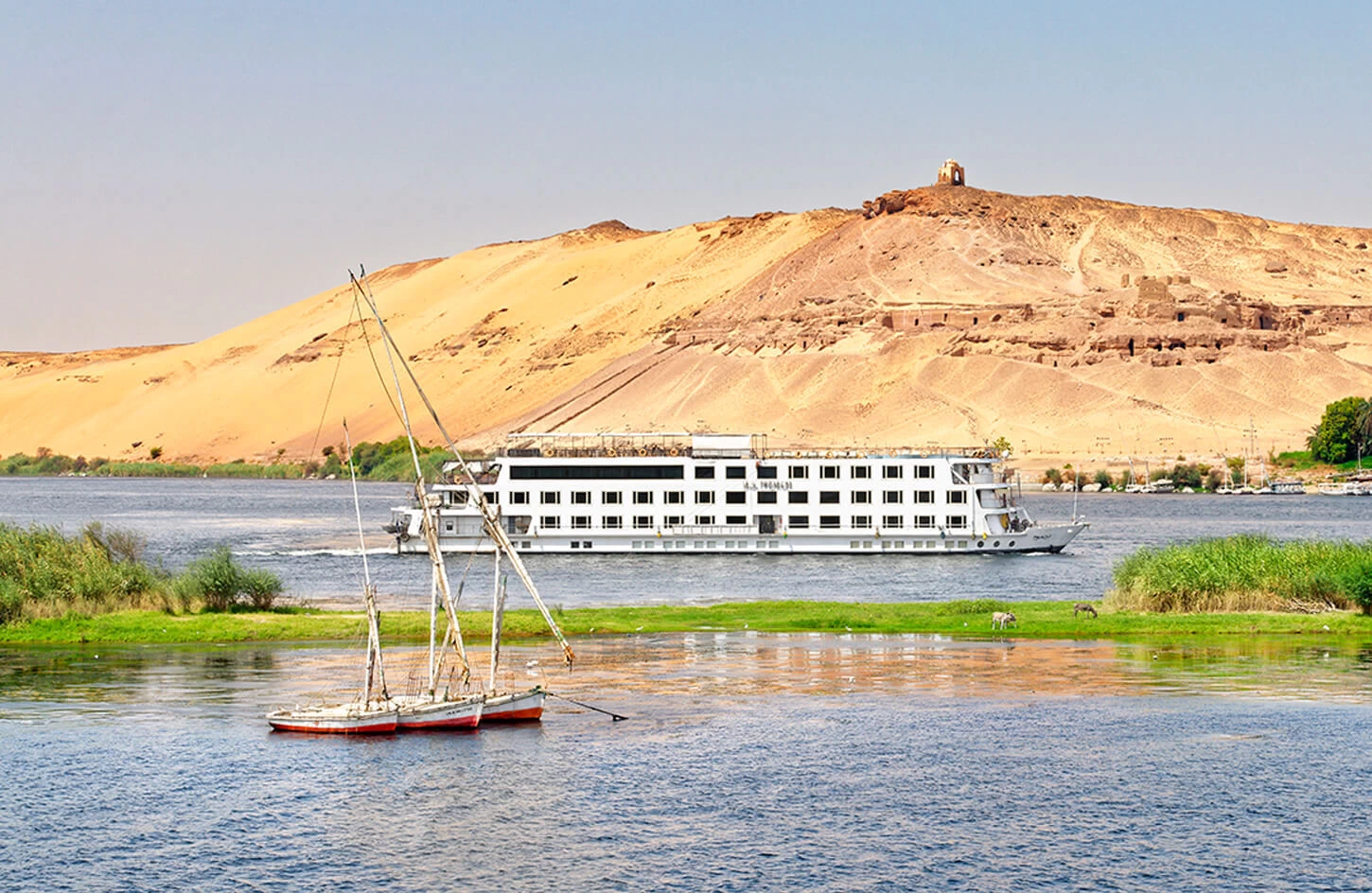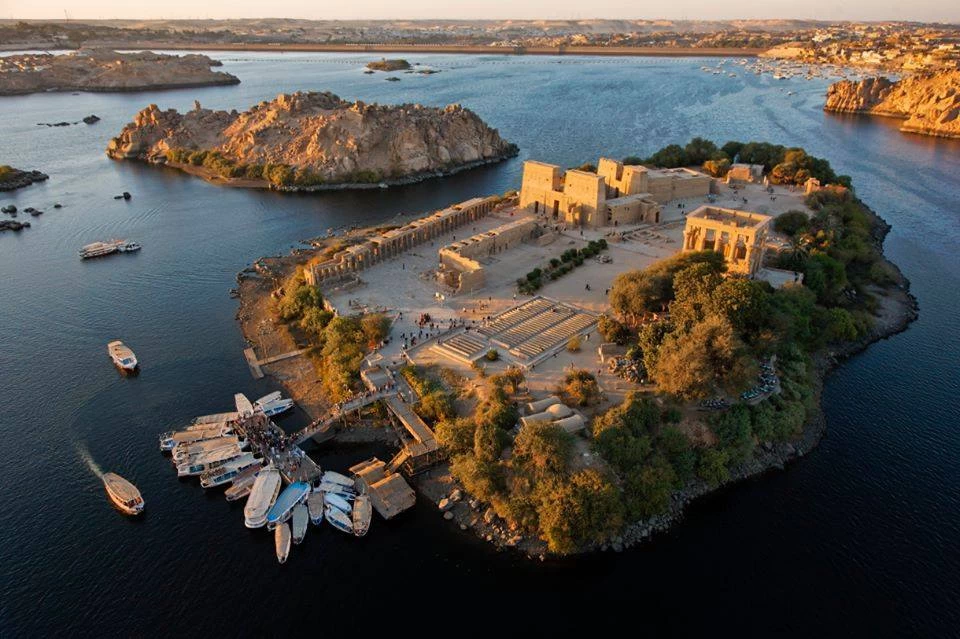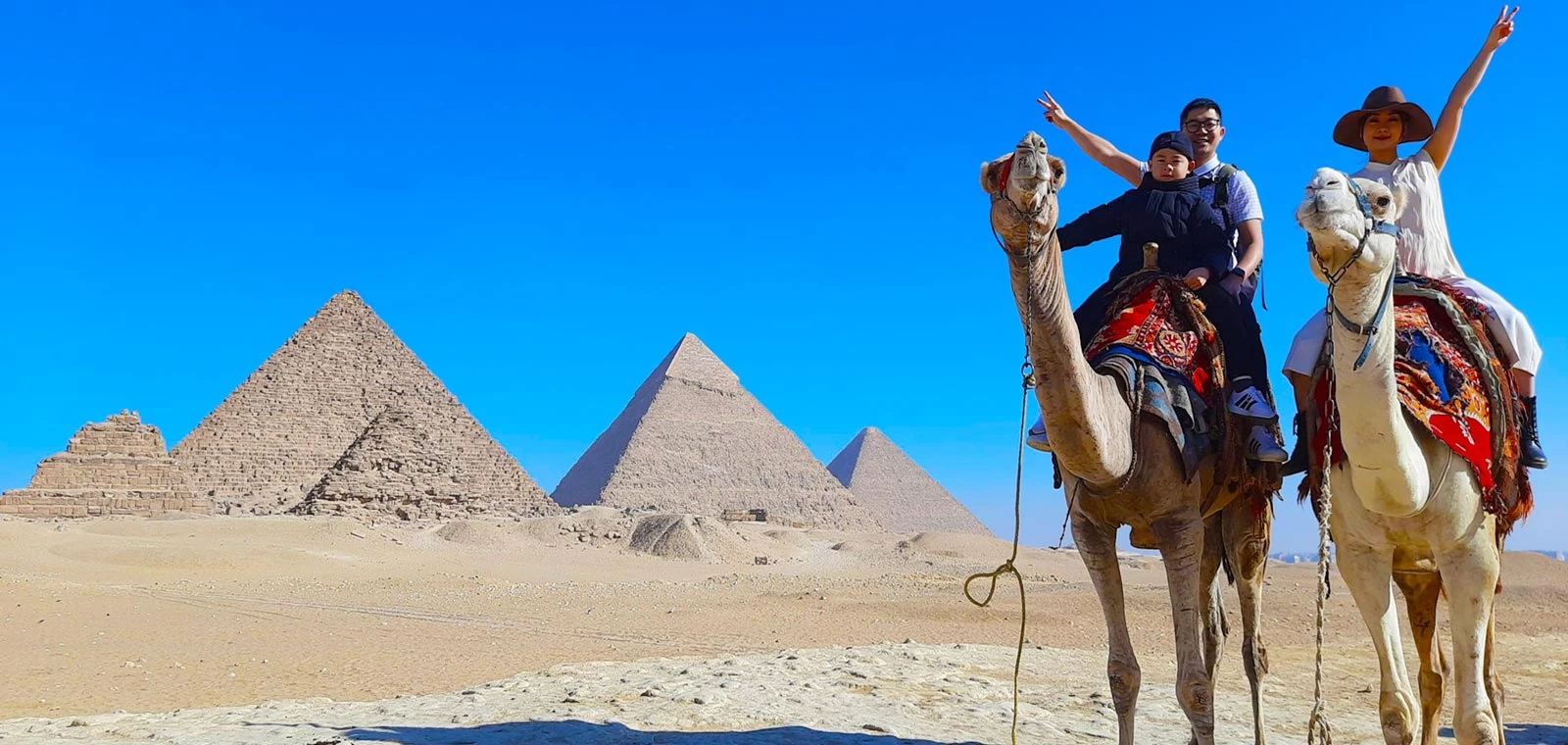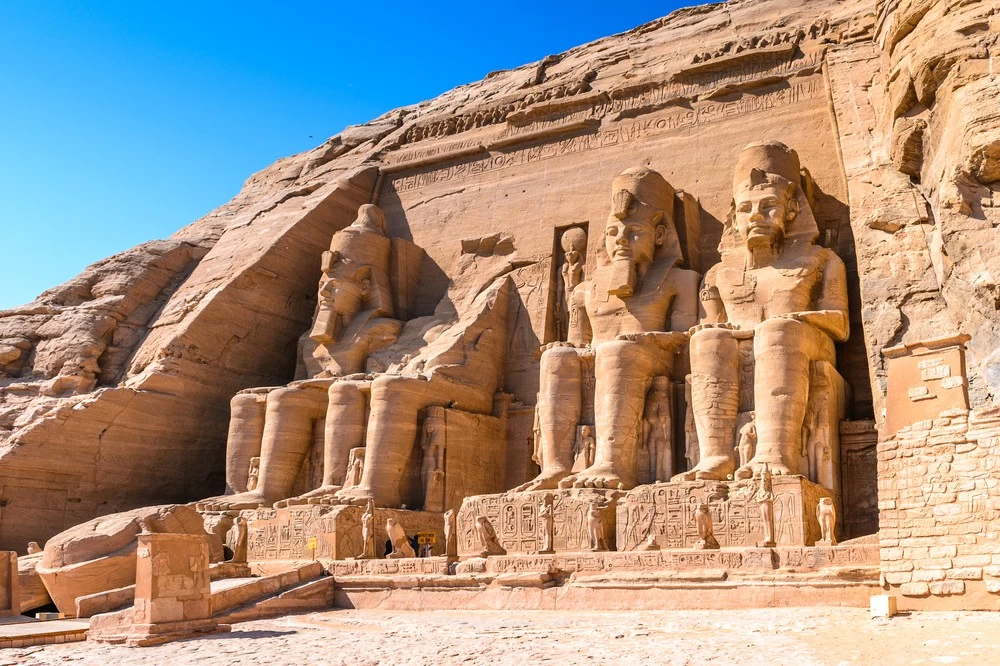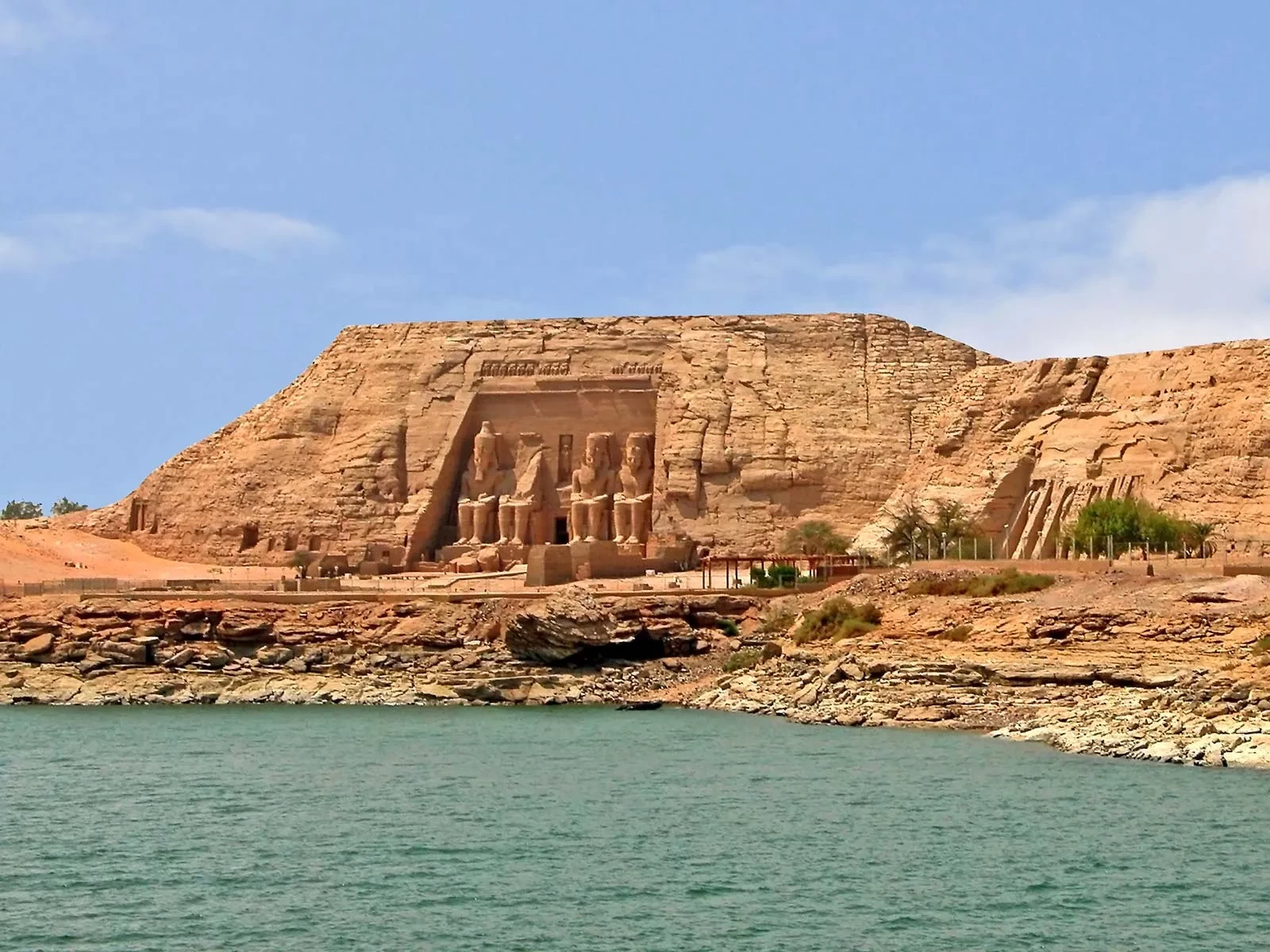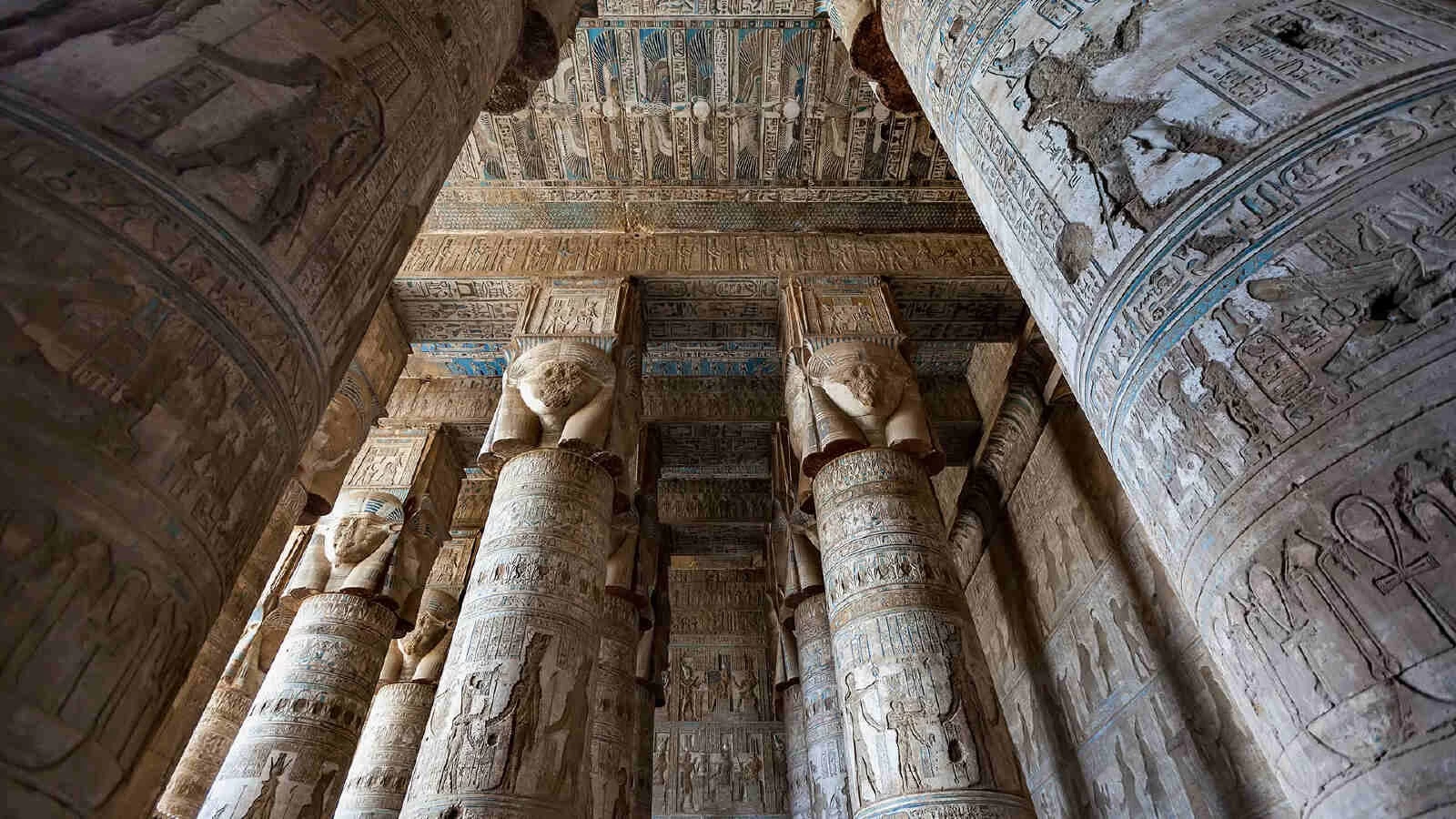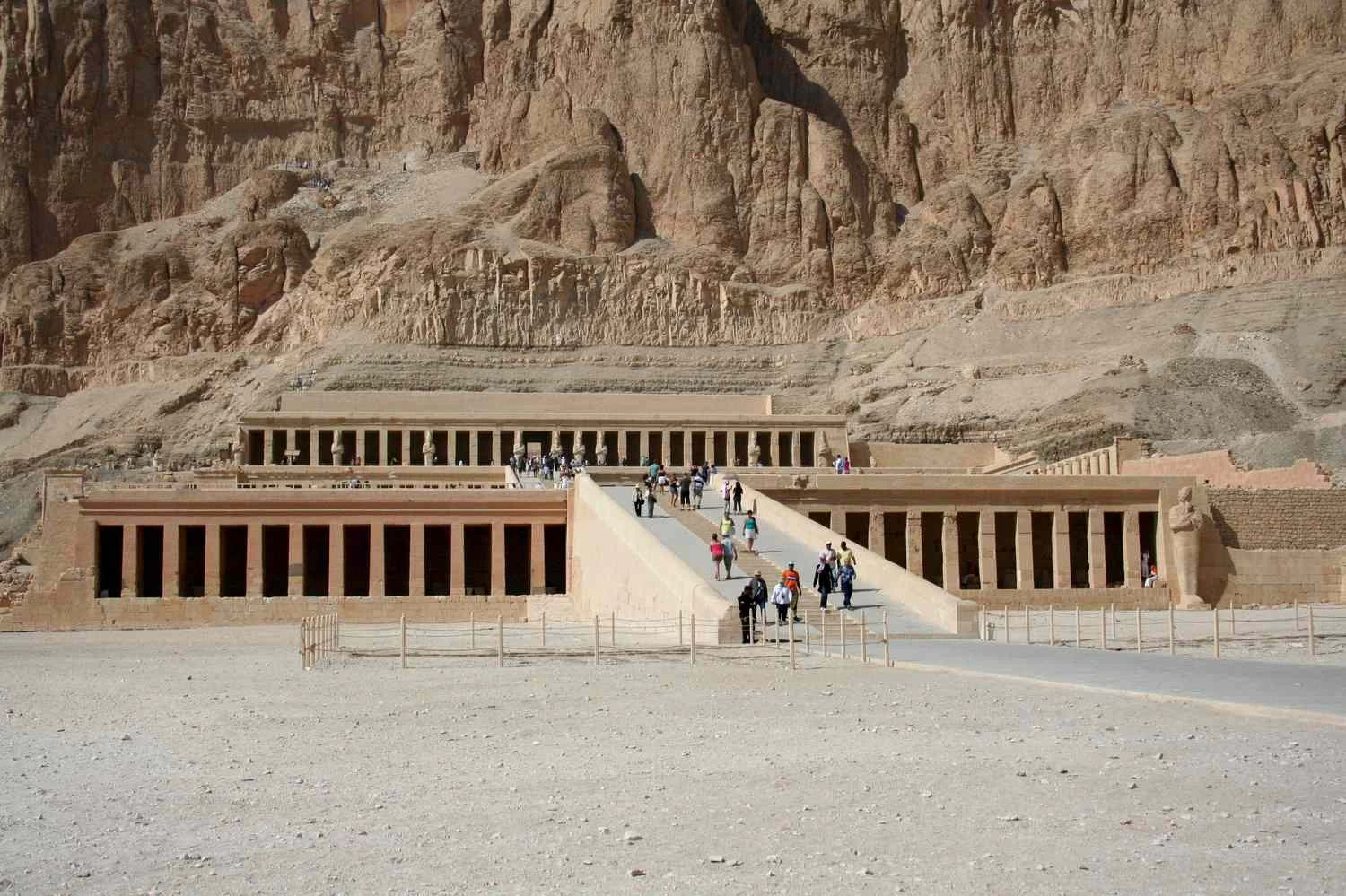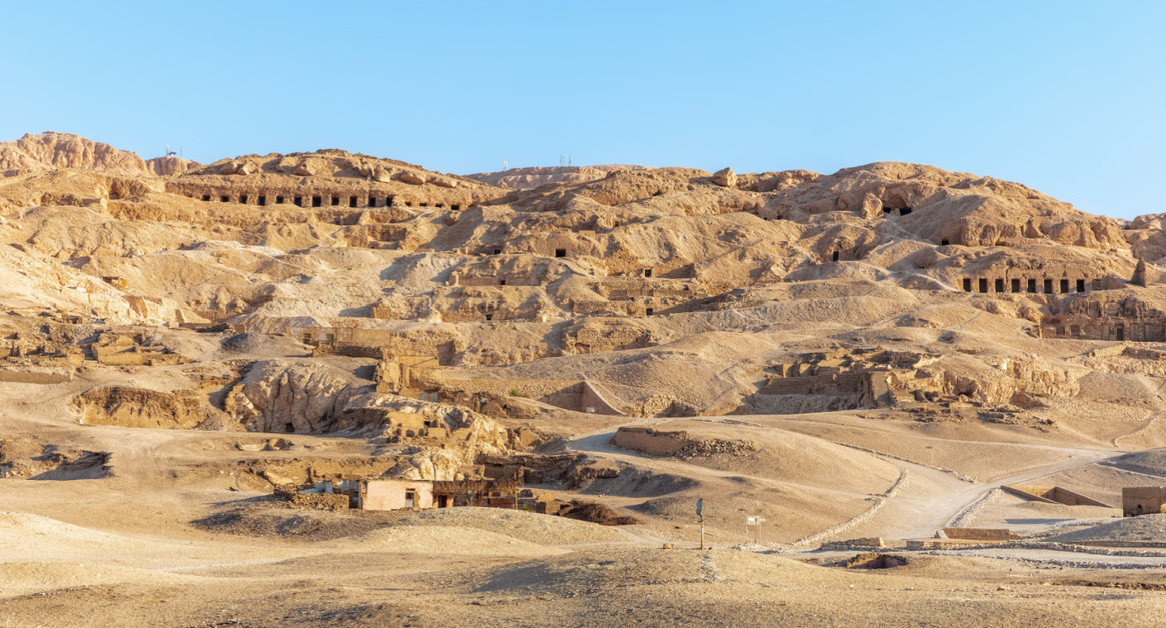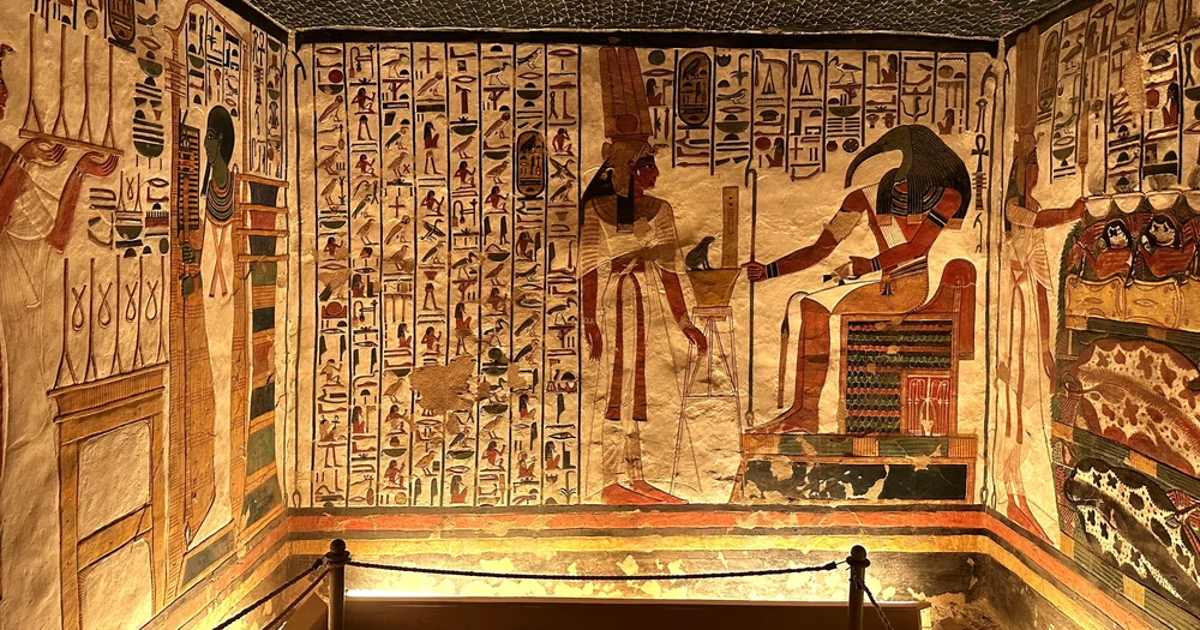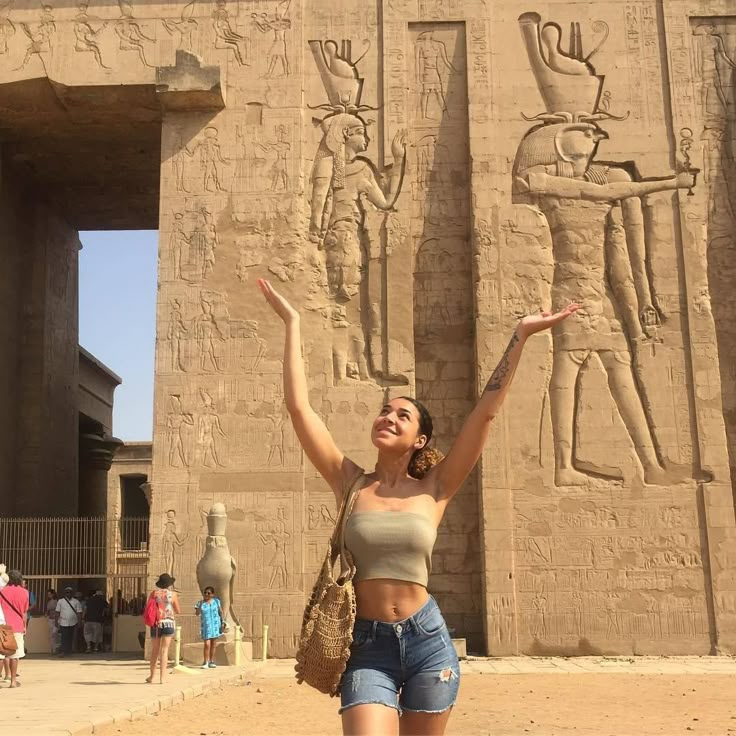The Temples of Abu Simbel
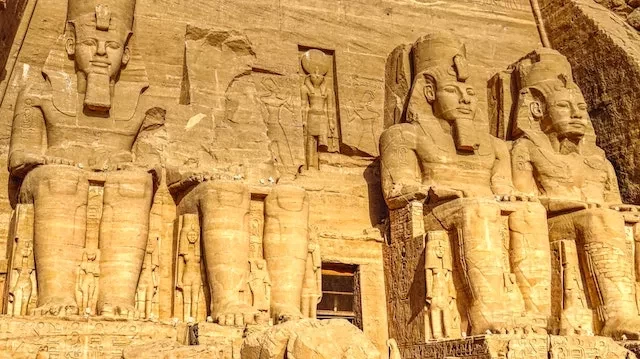
Discover the secret of The Great Temples of Abu Simbel
The temple of Abu Simbel is located in southern Egypt, 280 kilometers south of Aswan. Among the most awe inspiring monuments of ancient Egypt, the Abu Simbel temple is carved out of a sandstone cliff during the 13th century BC by Pharaoh Ramses II and celebrates his military victories as well as devotion towards the gods. Abu Simbel history is deeply tied to Ramses II’s legacy and the grandeur of New Kingdom architecture. This statue's majesty has permanently altered the landscape due to its astounding size and the extraordinary history of its construction and preservation.
The Abu Simbel temple stands as a majestic example of ancient Egyptian architecture and engineering, in addition to the lesser temple of Hathor assigned to Ramses II's spouse Nefertari. A visit to Aswan will reveal that the entrance to the temple is guarded by four massive statues of Ramses II, The walls of these temples, each 20 meters in height, reflect the supreme power and authority of the Pharaoh. Many pictures and sculptures inside the temple depict the story of his rule, such as wars and religion.
The tale of King Ramses II's deep love for Nefertari
The passion that Ramses II had for Queen Nefertari was expressed not just in a grand temple built in her honor at Abu Simbel but also in tender inscriptions dedicated to her. One inscription reads thus:
"My love is unique no one can rival her, for she is the most beautiful of all."
The temple's interior walls displayed scenes of their worship depicting Nefertari admiring the deities through the front entrance, just as if they were present among the deity apparitions, thus demonstrating the Pharaoh's eternal devotion. Egypt Day Trips travelers from all over the world are still moved by their love story because of these classic carvings.
Architectural Wonders of Abu Simbel Temples
The Great Temple of Abu Simbel features a magnificent architectural layout that corresponds to its enormous size. A peculiar trait of this shrine enables it to align perfectly with sunlight. Every February 22 and October 22 sunlight reaches deep within the temple, where it highlights the statues of Ramses II along with deities Amun and Ra-Horakhty because of solar alignment skills demonstrated by ancient Egyptians. These special sunlight during the Abu Simbel Sun Festival show how the Pharaoh possesses spiritual bonds with the gods while symbolizing their divine power. Military achievements of Ramses II are recorded through temple reliefs, including his spectacular victory at Kadesh against the Hittites.
One scene is of particular importance, which shows the signing of a treaty of peace, making evident Ramses II's diplomatic accomplishments and his regard for the need for peace with neighboring civilizations. The hypostyle hall has massive columns, and the walls are also decorated with intricately detailed carvings that describe the divine functions of Egyptian kings. The worldwide attempt to save this important monument was deemed impossible in the 1960s when Lake Nasser floodwaters threatened to cover the temples because of the Aswan High Dam construction. The global team moved Abu Simbel temples with precise methods across 1963 to 1968 into a location 200 meters behind where they originally stood at a height above them by 65 meters.
The Temple of Hathor in Abu Simbel
The Temple of Hathor is just as magnificent as the Great Temple; it's dedicated to the goddess Hathor and Nefertari, Ramses II's favorite queen. The exterior boasts six statues, four of Ramses II and two of Nefertari each latter depicting an up-close and personal quality emphasized in their expression of stature relative to their king. These statues bring out the depth of respect and love the Pharaoh had for his queen, a queen who was to become one of the most powerful women of ancient Egypt. The Temple of Hathor forms a real piece of architectural art, signifying the role of women in ancient Egyptian society. Her statues are almost the same size as those of Ramses II, emphasizing her.
Visitors on an Abu Simbel day tour from Aswan often find this temple particularly magnificent, as it highlights both royal love and divine connection. The idea that the pharaoh and his queen were divinely connected is further supported by the interiors, which are also lavishly decorated with exquisite reliefs that depict numerous royal scenes of life and religious devotion.
Abu Simbel temples are a UNESCO World Heritage Site today, with stones holding more than 3,200 years of history. The Abu Simbel temples are readily accessible from Aswan, both by road and air; most Aswan day tours are organized for an early morning trip to avoid the crowds. The best time to visit Abu Simbel is from October to April, with these months having the freshest temperatures. Every year, twice, the Abu Simbel Sun Festival takes place, and it comes as one of the most amazing spectacles in Egypt. The entire world converges on Abu Simbel during this festival to watch the illumination of statues by sunlight. It tells how far along the minds of these ancient people had followed astronomy, the ability to use the natural forces around them to increase spiritually and politically over monuments of stone.
Many travelers take the scenic route from Aswan to Abu Simbel to witness this incredible event. This Temple of Ramses II at Abu Simbel must be one of the must see locations for anyone interested in history, architecture, or the wonders of ancient Egypt.
